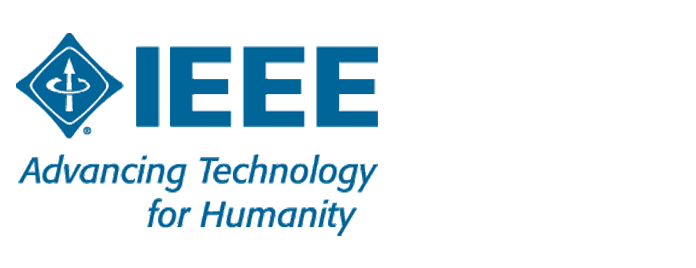Standard for User Identification and Anti-Money Laundering on Cryptocurrency Exchanges
This standard defines requirements for multiple aspects of user identification and Anti-Money Laundering on cryptocurrency exchanges, such as KYC (Know Your Customer) and AML (Anti-Money Laundering) regulations, outsourcing proper compliance measures to third-party solutions, and building up a self-regulatory layer of security and accountability among exchanges. It is to keep customers from malignant influence of unethical and illegal money that can be traced back inside/outside the cryptocurrency space. It is different from the IEEE P2140.2 standard, which is based on the protection of customer cryptographic assets.

IEEE P2140.3
https://sagroups.ieee.org/2140/

